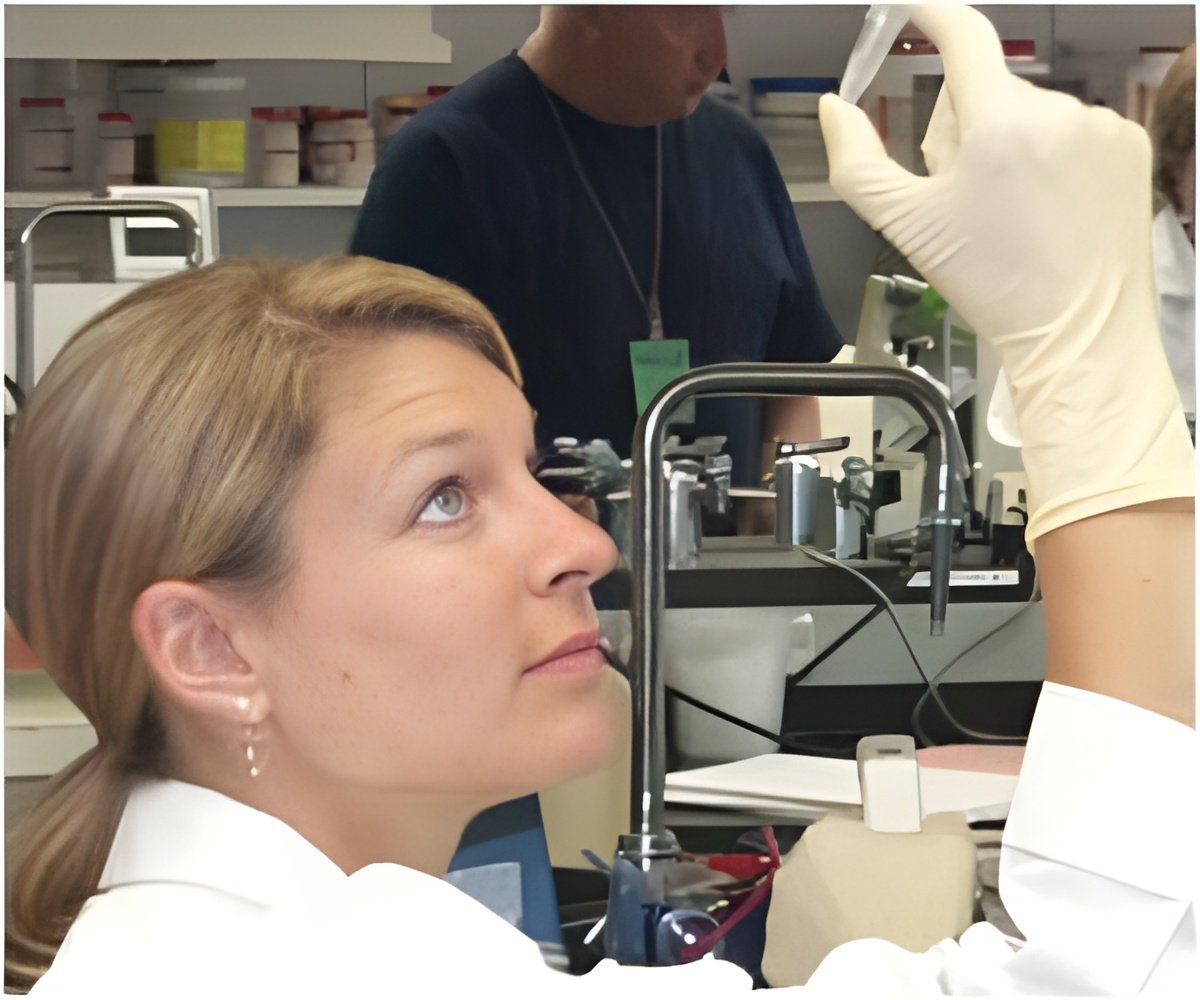
It was seen that from 2004 to 2012, the rate of investment growth declined to 0.8 percent annually and (in real terms) decreased in 3 of the last 5 years, reaching $117 billion (4.5 percent) of total health care expenditures. The US government research funding declined from 57 percent (2004) to 50 percent (2012) of the global total, as did that of US companies (50 percent to 41 percent), with the total US (public plus private) share of global research funding declining from 57 percent to 44 percent. Asia, particularly China, tripled their investment from $2.6 billion (2004) to $9.7 billion (2012). The US share of life science patents declined from 57 percent (1981) to 51 percent (2011).
The authors concluded, "The analysis underscores the need for the United States to find new sources to support medical research, if the clinical value of its past science investment and opportunities to improve care are to be fully realized. Substantial new private resources are feasible, though public funding can play a greater role. Both will require non-traditional approaches if they are to be politically and economically realistic. Given global trends, the United States will relinquish its historical innovation lead in the next decade unless such measures are undertaken."
The study appears in JAMA.
Source-Medindia












